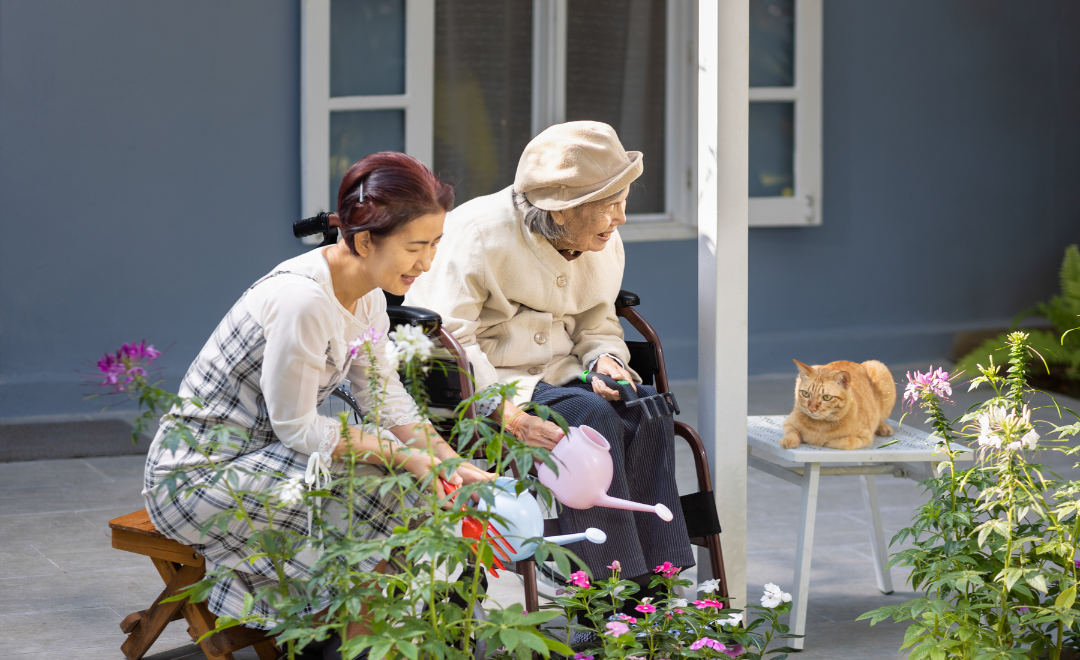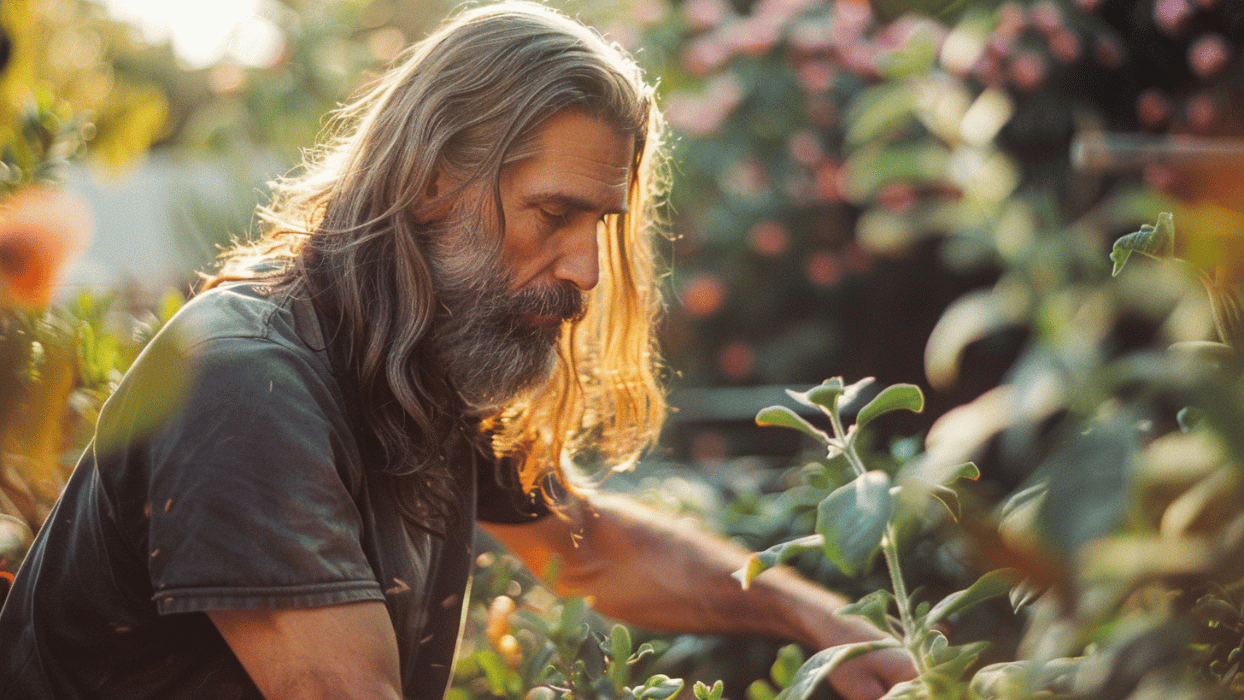Key Takeaways:
- House plants are a great way to bring a little bit of nature into your home.
- Start with a few plants that will be easy for you to take care of and have a good chance of surviving.
- Understanding how much water each plant needs is essential to keeping your houseplants alive and healthy for as long as possible.
ardening is no longer just for people with a backyard. There's a whole world of houseplants that can make your home a lot more beautiful and also help you relax.
So whether you’re new to gardening or you've been growing plants forever, this article will help you get started with your very own house plant garden.
Start with small, simple plants.
The best way to get started with your house garden is by starting with a few plants that will be easy for you to take care of and have a good chance of surviving. You can always add more later as your skills improve. Here are some of our favorite easy house plants that will grow well in any room in your house—and keep it looking fresh!

1. Snake Plant (Mother-in-law's Tongue)
These guys are practically indestructible! They don't need much water, they can survive being under water (if over watered), and they can even withstand low light conditions. Plus, they look super cool!

2. Aloe Vera
This plant is great because its leaves can be used for first aid on burns, cuts, rashes, sunburns... basically anything that might need some soothing. Plus it's super easy to maintain: just make sure it gets enough sunlight and water when needed (no more than once every two weeks).

3. Pothos Plant (Devil's Ivy)
These vines are super easy to take care of because they don't require much light.
Choose a plant that complements your space.
Once you've determined that you have the time and resources to care for a houseplant - and want to try out different types of houseplants other than just the beginner ones - it's important to choose one that fits in with your space.
If you're limited on floor or tabletop space, consider a potted succulent or air plant. These low-maintenance plants do well in small containers and don't require much soil to thrive.
If you have more room—and if you have access to direct sunlight—a fiddle leaf fig tree may be right up your alley! These trees grow large leaves that can reach over two feet wide; they'll need plenty of room as they grow (and since they shed their leaves every year). It's also worth mentioning that large pots can make it difficult for some people to move around them comfortably; if this is an issue for you, look into indoor bonsai instead!
Put it somewhere you'll see it and think about taking care of it.
Once you've picked up your houseplant, the first thing to do is find your plant a home. This can be as simple as a big container on your windowsill. Generally, though, you'll want somewhere that's easily accessible and where you'll see it often.
Some people like having plants in their bedrooms because they're pretty and they make them feel calm and relaxed when they wake up in the morning; others prefer keeping them near their desks so they can keep an eye on them while working. Choose a spot where you will see your plant—ideally daily—and think about taking care of it!

Pick plants that don't need much water.
Most plants are divided up into three categories: those that need little water, those that need moderate to heavy amounts of water, and those that need infrequent watering. Understanding how much water each plant needs is essential to keeping your houseplants alive and healthy for as long as possible.
Plants that thrive in dry conditions can go for weeks without being watered—this includes succulents (like aloe), cacti, ornamental grasses and sedums. They’re hardy plants even if they live in arid climates like deserts or mountain plateaus where rainfall is scarce all year round.
Plants in this category include English ivy (Hedera helix) and other species of ivies such as variegated Japanese pachysandra (Pachysandra terminalis ‘Variegata’).
Water it regularly and appropriately.
Another thing to know is that watering frequency depends on the type of soil. The type of soil will determine how quickly water is absorbed into the plant, as with most things in life. Soil that is both porous and well-draining will allow water to be absorbed more quickly than soil that isn't.
The proper way to determine whether or not you need to water your plants depends on a variety of factors: the temperature outside (soil dries out faster in warmer weather), the humidity level inside (to keep plants hydrated) and even if there are pets around (if they're licking up whatever's left in their dishes).
If you have younger houseplants, consider using distilled water for an extra boost of nutrients and minerals instead; these tender potted greenery cannot handle tap water's chlorine content yet.
Make sure the room you put the plant in has enough light for the plant to thrive.
As you may know, plants need light to photosynthesize. This process is what allows plants to produce the energy they need to thrive and grow.
However, different species of houseplants require different levels of light in order to stay healthy. For example, a fern that thrives in shade will wither away if placed in direct sunlight, while an African violet would not be able to survive under any amount of shade at all! Make sure the room you put your plant in has enough natural light for it to thrive by checking out how much sun exposure each room receives throughout the day.

Trim when it gets overgrown or dead leaves develop.
It is important to trim plants if they get too tall and start flopping over, or if the growth starts to develop dead leaves. Plants need to be trimmed so that they don't end up in the floor of your room, or become a mess of tangled stems and branches.
Trimming can be done in two ways:
- You can cut back all of the plant's stems at once by trimming it back to its last node (this will encourage new growth). If you do this around April or May, your plant should have a better chance of surviving through winter than if you had let it grow unchecked until December.
- You can clip away individual dead leaves as they appear on your houseplant throughout the year. This is an easy way to keep your plants looking neat without having to cut them down entirely—just make sure that no more than one third of any leaf remains before you clip off what's left!
Repot plants as they grow out of smaller planters.
As your plants grow and the roots fill their planter, they’ll need to be repotted. Most houseplants can be repotted up to three times a year, but this is dependent on how quickly they are growing and how old they are.
To make sure that you do it right, here's what you'll need:
- A sharp knife or scissors (not blunt)
- A potting mix that works well with succulents or cacti (either store bought or homemade)
House plants are a great way to bring a little bit of nature into your home.
They're also a great way to keep your home looking fresh and clean, since they clean the air for you! We hope this article helped you discover how you can get started with your very own house plant garden!






.gif)
.gif)







.png)
